The material exploration brief in this case dealt with the ways mechanical forms could be of interest when using wood. Through this we made particular references to traditional toy making, cabinet making and cigar boxes (these are areas that demonstrate the specific material qualities of wood that had attracted us).
Jack worked with Robert Phillips, to produce as many forms as possible in 1½ days. They spent the first day looking at possible mechanical housing for phones and the second on glueless joinery. The objects are larger than normal phones, but feel really human.
Physical actions
The physical actions which come naturally to a wooden model are very different to those in plastic. This model uses a cogged thumb-wheel to elevate a screen:
You can see how this works:
This kind of action really comes to life when you use the solidity of the wood to hide the screen, and a hinged flip-top to pull the screen out.
Button-pressing is another familiar action, but again this doesn’t work so well with wood. What does work well? Squeezing works. The Apple Mighty Mouse has a squeezing action built into it. Being plastic, it doesn’t provide much feedback to your hand. Wood, on the other hand, has a flexibility in it which offers feedback very well: You need a certain level of force to start squeezing, then it initially has a lot of give, to provide encouragement that you’re performing an expected action. Towards the end of the squeeze, it pushes back to indicate you’re done. (Incidentally, this same tactile force-feedback curve is designed into well-constructed buttons, like keyboard keys.)
Joinery
It’s not always effective (or pleasing) to glue or screen bits of wood together. Better joins can be had by constructing shapes that fit tightly with one another. These shapes are different depending on the kind of junction you need and the direction of the grain of the wood, and get you thinking about what kind of mobile phone forms they’d evolve into.
This dovetail joint makes me think about the extras we hang off the bottom of mobile phones, because it’ll come off very easily from side-to-side, but is strong against any kind of pulling action. It’s much nicer than a plug-and-socket, such as that used by a headphone, where it seems almost magical that the plug stays in, even when upside-down.
Two identical shapes can be complementary and slot together:
This kind of combining could be a very well-understood mapping to certain actions you perform with phones in pairs… sending business cards via infra-red, for example. It’s not obvious how to join phones like that, and the performance of using the infra-red doesn’t properly show its capabilities.
This combination, on the other hand, shows it very well: The mobile phones are equals, and when joined they comprise a system which other phones can’t join. At this point, they make a new unit which could use the screen to display options particular to the situation. What’s more, you’d find out about this functionality by natural exploration, instead of reading the manual, just as mobile phones give us holes to listen into to hint to the speaker placement.
Misc
One other form:
This block of wood here is hollow and has a bead inside it. We’re so used to small things inside containers, it’s easy to forget just how natural using a rattle is. Now, imagine the bead inside was invisibly impeded in some way—when you rattled the phone, it would feel like it was going through water, perhaps, instead of air. What would that make you think, that you had a ton of missed calls building up, perhaps?
Our expectations of tactile responses are so strong, it makes us sensitive to small differences, and it’s a shame not to take advantage of that. This object does exactly what material explorations are supposed to do: By confronting it at face value, we’re forced to think of ways it could be real, and those thoughts can lead to new ideas.
In this case, I’m inspired by Mikael Fernström’s explorations into sound objects, as reported by Timo Arnall, which included: One exciting and pragmatic idea that Mikael mentioned was simulating ‘peas in a tin’ to hear how much battery is left in a mobile device. Excellent.
Other material explorations
Other material explorations are linked from the Materials explored page.
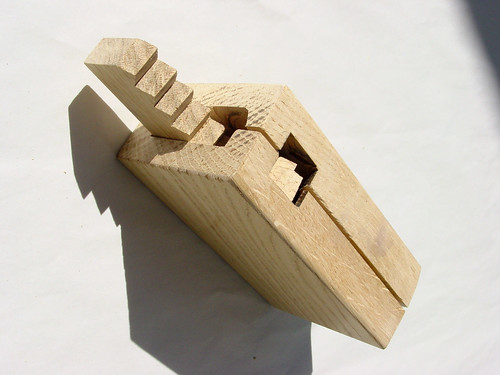
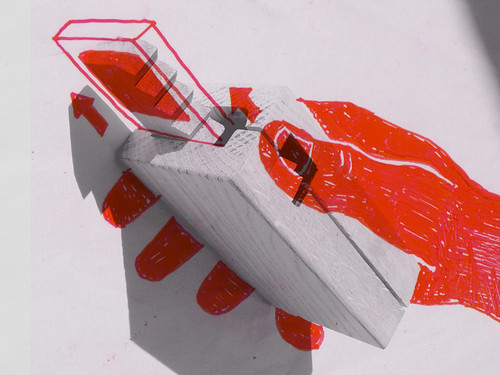
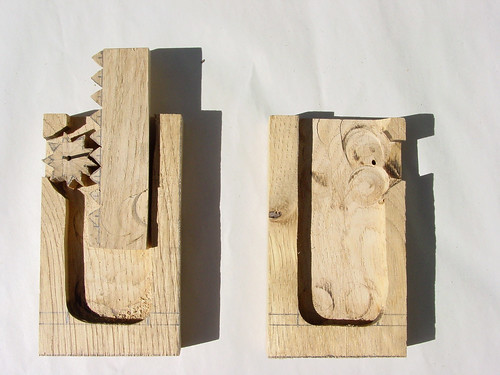
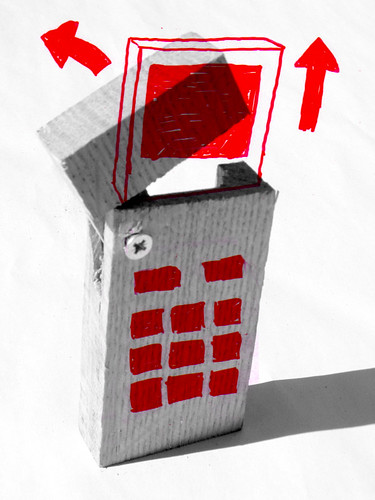
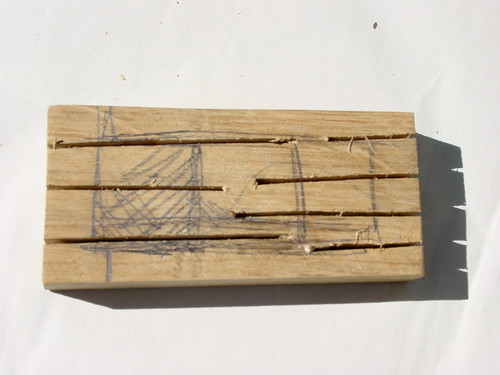

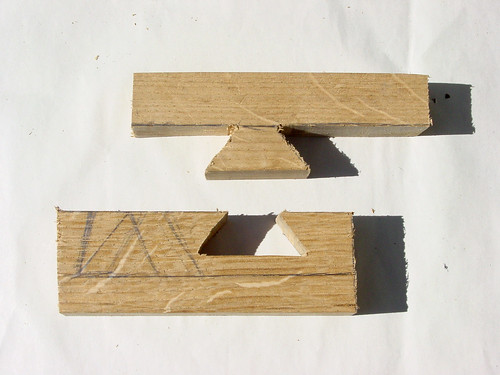
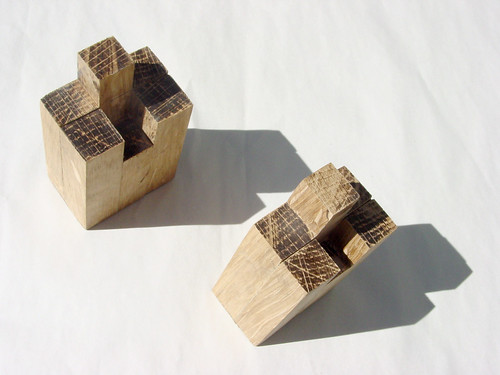
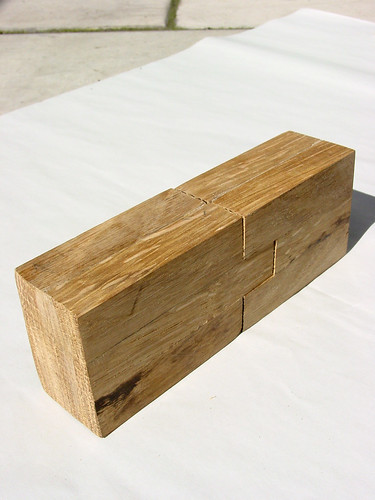
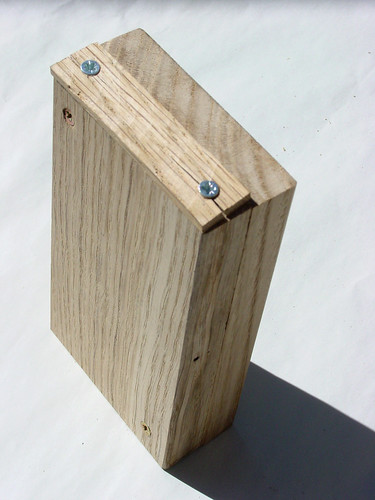
No Comments or Trackbacks